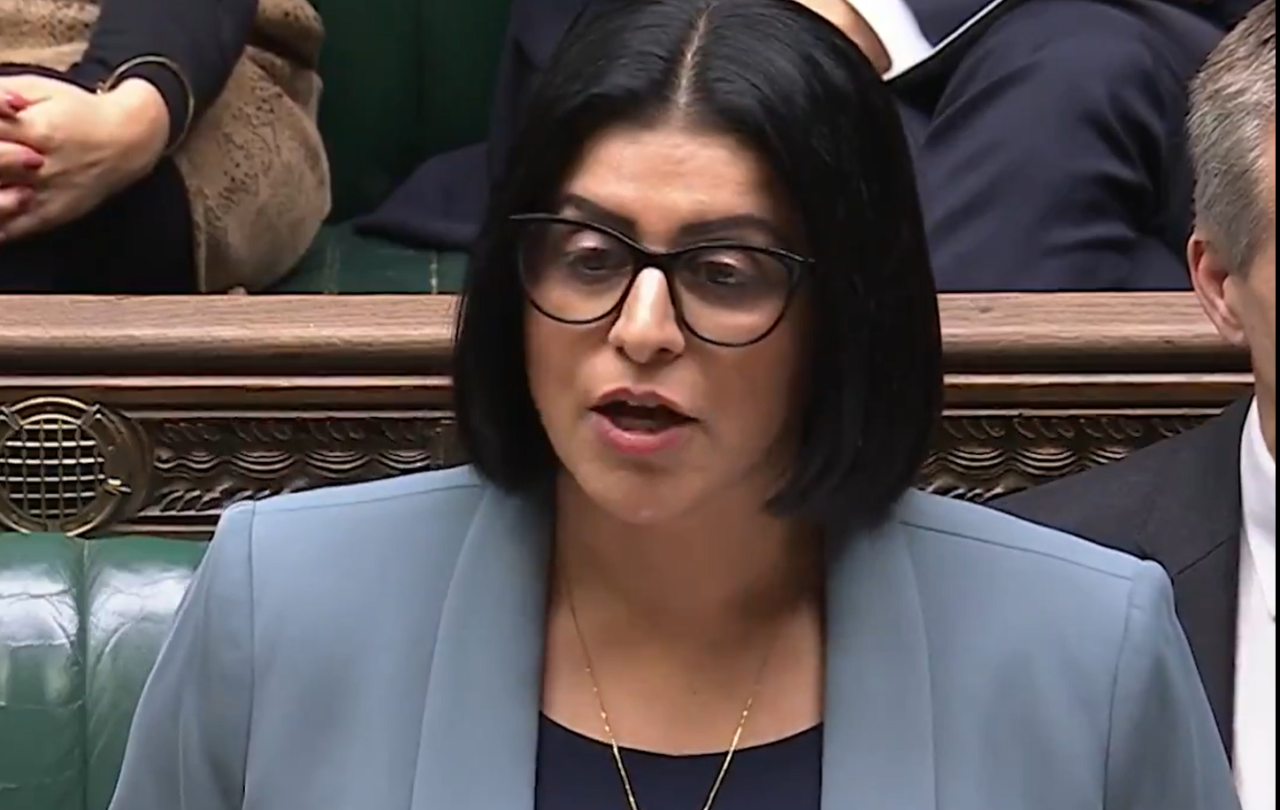
Last month, Terry Barnes wrote in The Spectator about the ‘Trial of the Century’: that of Erin Patterson, a middle-aged Australian woman accused of murdering a dinner party-full of people with deadly mushrooms. 'All this week, on unusually cold and frosty southern Australian winter mornings, pre-dawn queues of rugged-up and puffer-jacketed hopeful spectators formed outside the rural courthouse, breath steaming in television spotlights as people stamped their feet to stay warm.'
Journalists covering the ongoing trial compete with those spectating - and reporters have flown in from around the world to an obscure, otherwise undisturbed country town. The general fascination mirrors the streaming charts, where you don’t need to be Sherlock Holmes to observe a pattern in what’s hot. True crime – whether recreated on TV or happening in the courts - is having a moment.
The attention of criminologists, the press, law enforcement and the justice system on real life cases such as Patterson’s is paramount. But is ours?
A voracious appetite for true crime isn't new. In St Augustine's Confessions, he writes about a friend called Alypius who resisted peer pressure to go into the gladiatorial amphitheatre. Augustine writes about his friend being dragged in:
'When they arrived and had found seats where they could, the entire place seethed with the most monstrous delight in the cruelty.'
Alypius kept his eyes closed, but eventually gave in to the spectacle:
'As soon as he saw the blood, he at once drank in savagery and did not turn away. His eyes were riveted. He imbibed madness. Without any awareness of what was happening to him, he found delight in the murderous contest and was inebriated by bloodthirsty pleasure.'
Alypius' story is one of being freed from this addiction, but there's still a thirst for blood today in the arena of both true crime and cancel culture. The human condition, as well as being predisposed to voyeurism, is closer to William Golding's Lord of the Flies than we'd like to admit. It doesn't take much displacement of order for chaos to unravel.
And this is why we're so fascinated: that true crime is true. The whodunnits of Agatha Christie have kept people entertained for decades, but truth is stranger than fiction. The perpetrators aren't ridiculous 2D villains and monsters, but men and women who for whatever reason have given themselves over to darkness. The mixture of motives, methods and mania aren't easily unscrambled, so we like the serialisation. The devil is in the detail, and it takes time to pore over.
The Russian author and dissident Aleksander Solzhenitsyn, when he was sent to the gulag, gradually solved his own puzzle: that evil can be observed, but it is much closer than we think: 'Gradually it was disclosed to me that the line separating good and evil passes… right through every human heart—and through all human hearts. This line shifts. Inside us, it oscillates with the years. And even within hearts overwhelmed by evil, one small bridgehead of good is retained. And even in the best of all hearts, there remains … an un-uprooted small corner of evil.’
Even so, we don't like to admit that sobering reality, or nuance. We like to think we're on the side of justice. We confuse curiosity with compassion. But the Netflix shows, podcasts and twists and turns of the courtroom upend our 'just world hypothesis': we see that justice often isn't fully served in this life, making us wonder if it might be possible eternally.
Then there's also the reality of truth being contested. The prophet Isaiah writes of a time where 'Justice is turned back, and righteousness stands far off. For truth has stumbled in the public square, and honesty cannot enter.’
Perhaps our thirst here is not just for all the gory details, but for justice and truth. It's a theme picked up by St John in the New Testament, writing 'And this is the judgment: the light has come into the world, and people loved the darkness rather than the light because their works were evil. For everyone who does wicked things hates the light and does not come to the light, lest his works should be exposed.' Jesus declares later in this same gospel: 'I am the light of the world. Whoever follows me will not walk in darkness, but will have the light of life.’
The only way we can begin to make sense of evil is to consider one who absorbs our darkness, absorbs all darkness, and yet remains light, even against the backdrop of our world’s darkness.
So what's the right balance? Can I enjoy a true crime show and be filled with light? The tipping point will probably be different for each of us. St Paul, himself a victim of injustice, writes from his prison cell: 'whatever is true, whatever is noble, whatever is right, whatever is pure, whatever is lovely, whatever is admirable—if anything is excellent or praiseworthy—think about such things.’
This isn't a call to turn a blind eye to evil. Paul isn't escaping his prison cell with escapism. He is starkly, soberingly honest about the nature of his own sin and its pervasive, polluting quality in the human condition. And we all have a responsibility to one another to detect, be vigilant and call out where there's injustice. To be ready for it. Our world is in a mess because of blind eyes and burying heads in the sand. Jesus quite clearly says he brings that light to expose the darkness. But meditating on and marinating in darkness as entertainment? That is something different.
Support Seen & Unseen
Since Spring 2023, our readers have enjoyed over 1,500 articles. All for free.
This is made possible through the generosity of our amazing community of supporters.
If you enjoy Seen & Unseen, would you consider making a gift towards our work?
Do so by joining Behind The Seen. Alongside other benefits, you’ll receive an extra fortnightly email from me sharing my reading and reflections on the ideas that are shaping our times.
Graham Tomlin
Editor-in-Chief





